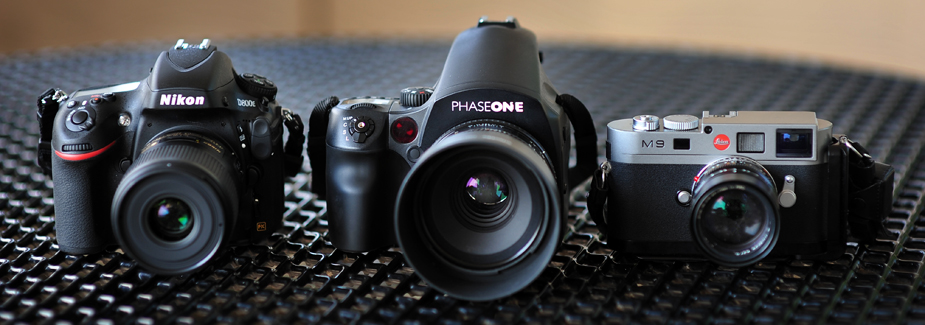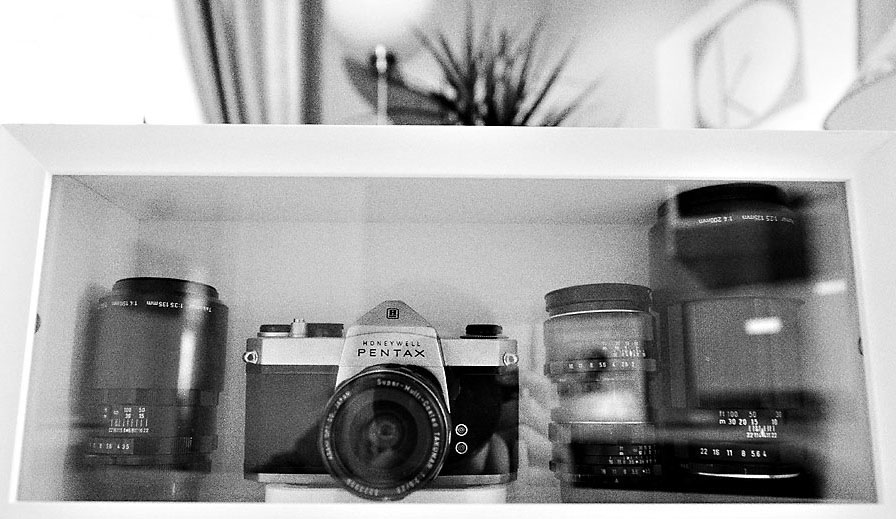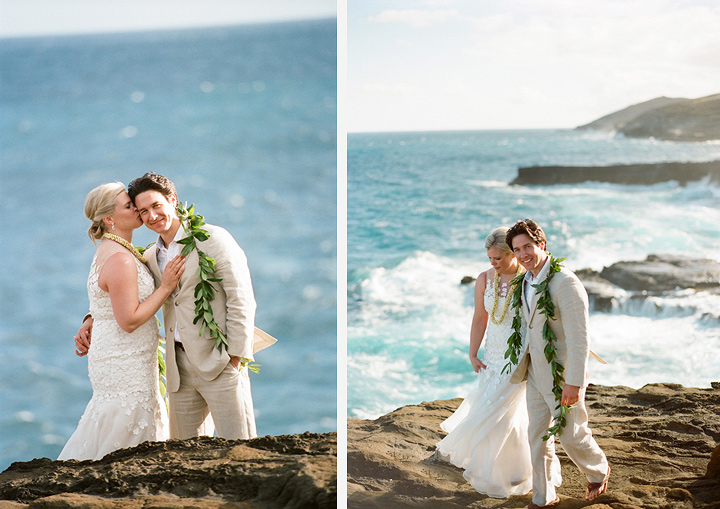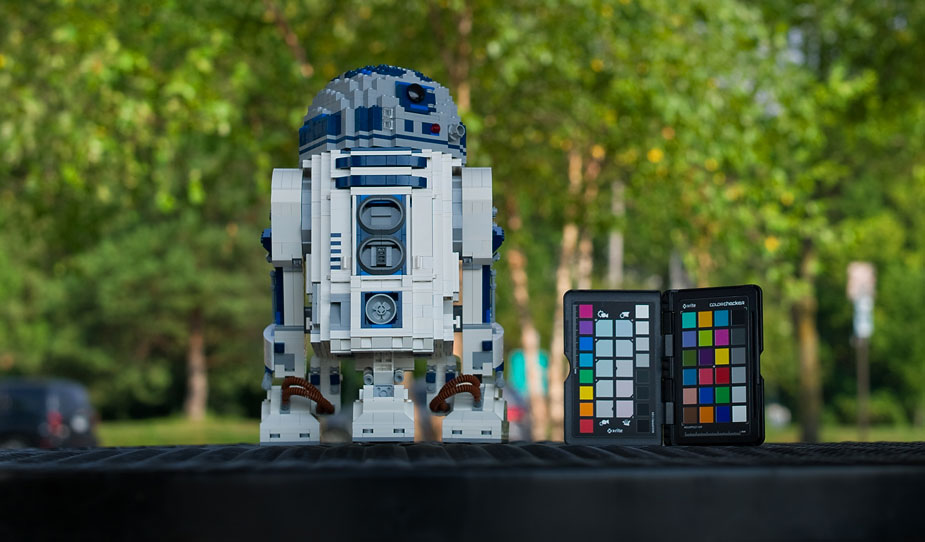Business advantages of Medium Format vs DSLR

While anti-aliasing cameras like the Nikon D800E, PhaseOne 645DF, and Leica M9 boast anti-aliasing filters, don’t expect a comparison here. They are all different tools.
This is a continuation in my series for photographers on tips for the transition to digital medium format. This installment in the series isn’t all about gear, but rather focusing on my experience regarding the business advantages of using medium format cameras pertaining to creativity, workflow, and marketing. If you are new to this blog, here are a few related blog posts to get you started!
Part 1: Why Leaf Shutter Lenses Matter
Part 2: Shooting Digital Medium Format in Wedding Photography
Understanding limitations and capabilities of creative tools has helped me grow as a photographer. However, what I share in the blog today is shaped by my personal experiences, a reflection of the changes in style and technology I’ve seen in wedding photography. My thoughts won’t work for everyone, but I encourage you to “think different.”
With the barriers of entry to photography being lower than ever, no longer are professionals defined by their tools, technique, and experience. After all, to run a successful photography business, you don’t need a darkroom, just a laptop and a camera. That can be an amazing thing when it comes to starting a business. Professionals are hired to do a job right. And when it comes to weddings, there are no re-dos. Which means offering clients a remarkable experience is one item for attention, but so are contracts, insurance, back-up equipment, and holding a business in good standing. That’s the grown-up stuff that is a fact of reality.
When Gears Don’t Matter
When I was 13, I won my first mountain bike race on a single-speed Huffy. Since I didn’t own a mountain bike with fancy gears like the other 15 kids in my race, I ran up the hills pushing my bike instead of mashing gears like the competition. I crossed the finish line first, shocked.
“The bike doesn’t make you go fast, it’s the engine behind it,” I proved to myself.
Turns out, the same is true with expensive camera gear. To a point. Then again, if you are racing with the elite, you’ll appreciate a few extra gears.
Is a Medium Format Camera Right for You?
You don’t need the newest camera gear to take great photographs. My mantra: the photographer makes the picture, not the camera.
“You’ve got to push yourself harder. You’ve got to start looking for pictures nobody else could take. You’ve got to take the tools you have and probe deeper,” says photographer William Albert Allard.
I couldn’t agree more. However, at what point does the “if it ain’t broke, why fix it” mentality lead to stagnation? Our personal photography styles change over the years. Tracing roots and themes embodied in our work today remains important. Gear usually follows suit.

Enshrined in my office, my first camera reminds me of the days learning photography on film. I’m done with film in this pixel world.
It’s easy to look for reasons for not taking good pictures—complaining is easier than suffering. But then again, if an accountant sat me down in a photography class, perhaps here are a few things that would strike a nerve and cause one to think different.
The Business Advantages of Medium Format vs DSLR
I encourage photographers to not just buy medium format for medium format’s sake, but really know how it can benefit a photography business. Here are a few key points for why moving to medium format digital made sense for me and my business:
#1. Cheaper than Medium Format Film.
Cheaper than Medium Format Film. I’m all about shooting film. Trust me. Our chosen wedding photographer, James Christianson, shot entirely film at our wedding. And rocked it. So did Kevin Von Qualen, who shot Super 8mm. There is a timeless quality about film that I appreciate and hold dear. However, after a good stint of moving back to shooting film, I was reminded how quickly I felt getting nickeled and dimed by film, development, and scanning costs. Don’t get me on started the expenses involved in printing a film negative. Drum scans alone would scare me from shooting medium format film. I’d much rather drop $300 on a hot getaway weekend with my bride than to pay for a drum scan for an enlargement of what the medium is capable of. No, thank you. I’d rather invest in a system I could dump if need be and not be left with a stack of film receipts. Yet, there is nothing like the look and feel of the Contax 645 with the 80mm f/2.0 Zeiss of which my wedding photos and engagement session shot by James Christianson.

#2. Quicker than Medium Format Film.
Don’t get me wrong, I’m all about the methodical part of slowing down and enjoying the actual experience of photography and the process of creating a photograph… a big reason I migrated to medium format in the first place. However, in the commercial world, clients want the images yesterday and I want to edit and move on. Film just doesn’t cut it in the typical commercial world with art directors breathing down your neck. However, every time I click the shutter, I figure $2 a shot for film. This causes the same pause, and with my brain forces me to really think, maybe too much, before pressing the shutter.
#3. Safer than Medium Format Film.
There’s a much safer workflow shooting medium format digital than film. Hate to say it. But it is true. I can rest knowing I have long-term storage solutions that allow the precise original image to be duplicated and safely stored off-site. You can’t do this with film. Before my head hits the pillow, my images are in two different places. Also, I can shoot in extreme climates and transport my images back home safely. This year, I photographed families in the Black Rock Desert at Burning Man, where daily highs reached well over 100 degrees and temperatures inside a tent or car can bake an egg. Likewise, I can shoot a sunrise in Alaska well below freezing and not worry about my film cracking, just as long as I stay within my 12 Commandments to Shooting MF Digital.
#4. It’s a Different Crayon.
I like the fact that using the PhaseOne is a more unique tool, and a unique selling proposition in an industry saturated by “sameness.” To achieve a ‘different’ look helps distinguish my work while conveying the importance I place on optimal image quality. “Different” is the new black, folks. I’ve had grads from Brooks come up to me and ask what I was shooting and I share with them my enthusiasm for not just gear, but photography. They get it. Working with artists has been a goal of mine for some time. And there’s nothing like the experience of shooting another wedding photographer’s wedding. Same goes with chefs, musicians, and painters. They all get the having the right tool for the job helps to make the art.

Test charts don’t influence me. But for those who want to see R2-D2 with a color calibration chart, I won’t let you down.
#5. Dealer Support.
I love that I can call my PhaseOne dealer, Capture Integration, and speak with a highly qualified technician, quickly, without going through dial prompts and playing voice tag. They treat me awesome and I call them friends. Most camera stores don’t carry medium format gear. Do your research before you buy. Be sure you think twice about where to buy photo gear.
#6. Investment Protection & and long-term value.
While DSLRs depreciate quickly over a five-year period, I believe the IQ digital backs will retain their value for many years due to the advanced technology and ability to work on older film cameras. A five-year-old Nikon D3 has a lower percentage in resale value than a comparable digital back. You can buy a used medium format back secondhand for what you can purchase a flagship camera new. And depreciation becomes even less of an issue. You can also use older-style lenses from Contax, Mamiya, and even Hasselblad on a medium format back, which means you don’t need to splurge on a bunch of new lenses for your kit when the old ones will still serve the same function as they were designed for.
#7. Upgradeability.
Going from a used P30+ worked to my favor, as I was able to transfer my entire investment into a new IQ 140 back without loosing a dime. My dealer was able to credit me 100% of the purchase price of a used camera credited to a new system. I’d never be able to work out a deal like that with big box camera stores.
#8. Custom In-camera White Balance.
Set it once and forget it. This makes white-balance correction on the computer a thing of the past. This saves time sitting in front of the computer, something we all can hug.
#9. Tethered Shooting in Studio Made Simple.
Clients love the ability to view instantly the images on the iPad and tag them with in-camera photo rating. I can star-rate my favorite images in-camera so when I’m back at my computer, I know exactly which ones I want to edit. This adds one less step in my culling workflow and makes them feel like they are genuinely involved in the process. Used in conjunction with Capture One Pro software, clients on the other side of the world can view 100% of the details on their iPads. This can prove invaluable for collaboration. I share tips on setting up PhaseOne Capture Pilot for iPad/iPhone here.
At the end of the day, choose what is right for you. Only you can decide. However, I feel it is important to keep abreast of new technologies and not just question, “If it ain’t broke, why fix it?”
I hope I’ve encouraged you to think different about elevating your business to the next level and making images your clients will not only rave about, but you’ll also enjoy creating.
Stay tuned to read Part 4 of this series in two weeks :: The Print Advantage.
To find out about more resources I share with photographers, click here!






Pingback: The Hit List: 12 Top Posts from 2013 » Kern-Photo - Kern-Photo